
Digesting histamine intolerance
You may never have heard of histamine intolerance, but it’s a gastrointestinal condition that affects as much as 1-3% of the global population.1,2 And still, it hasn’t been a focus for dietary supplement manufacturers – until now.
Explore everything you need to know about this relatively unknown, yet common digestive health condition with our interactive guide.
Start hereHistamine is a naturally occurring molecule produced by the human body. It is also present in many foods and beverages.
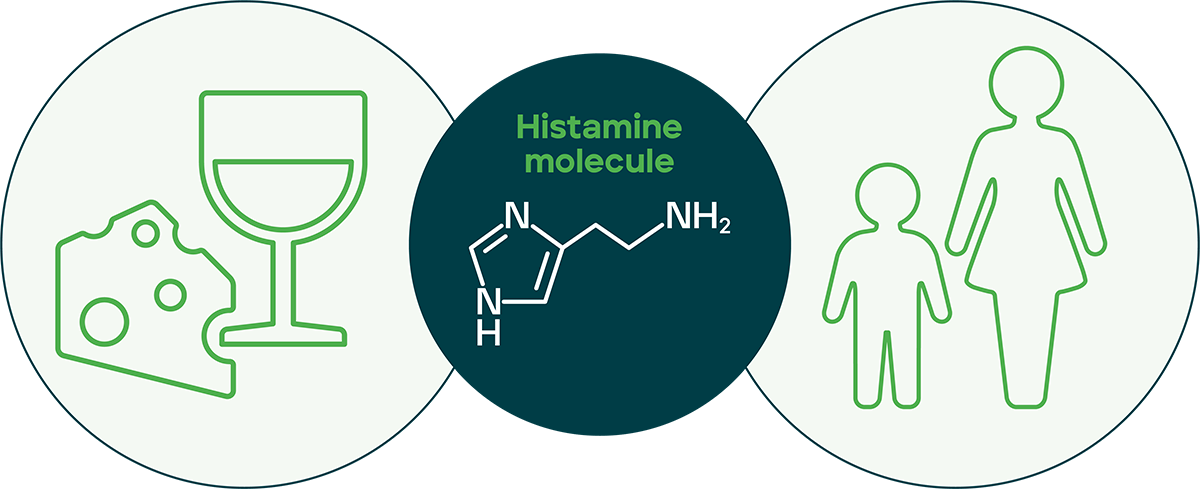
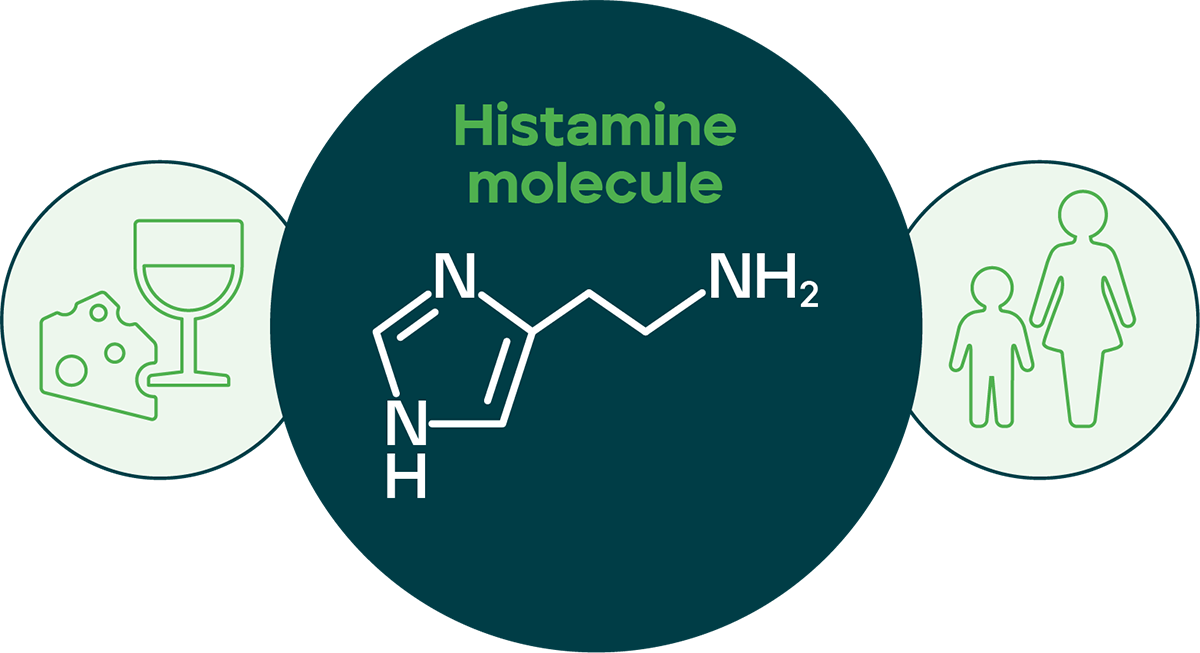
Histamine is usually broken down by diamine oxidase (DAO) enzyme in the gastrointestinal tract. But when the body does not naturally-produce enough DAO or there is low DAO activity, this results in DAO deficiency.

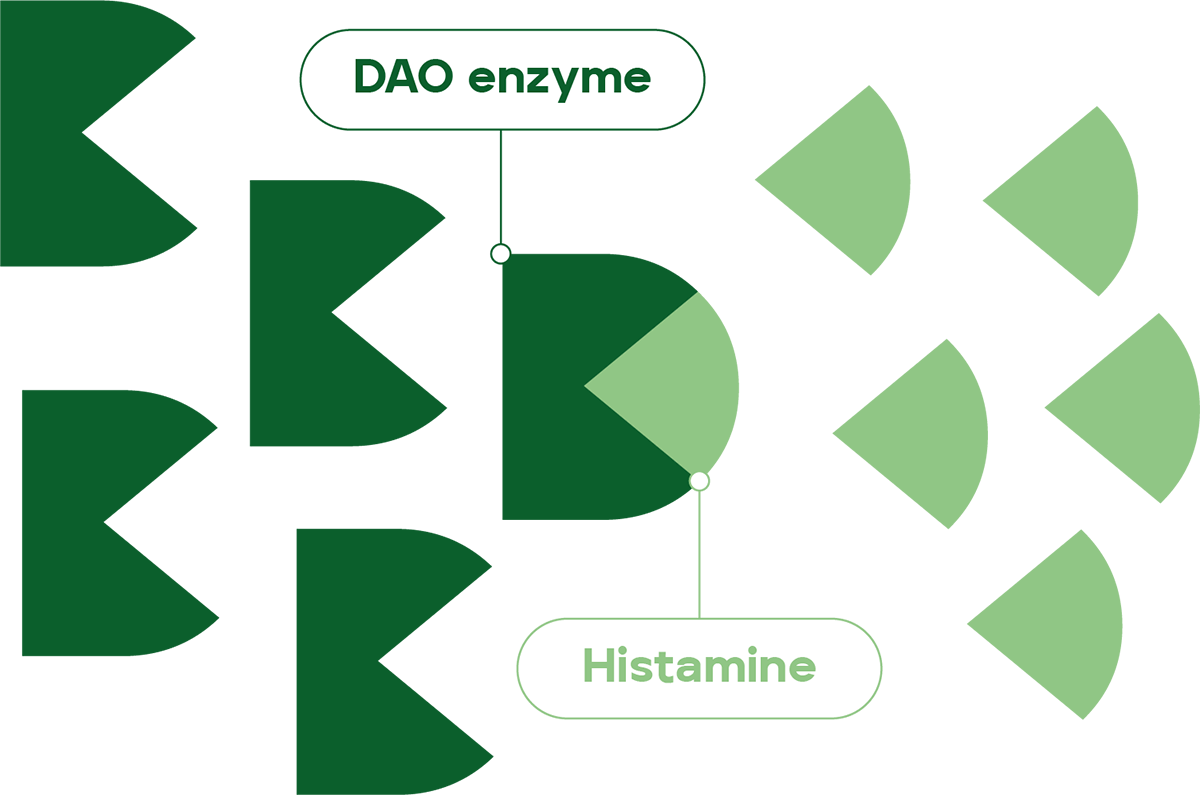
An imbalance between the intake of histamine and the body’s ability to degrade it, creates an excess of histamine in the body and can trigger allergy-like symptoms.
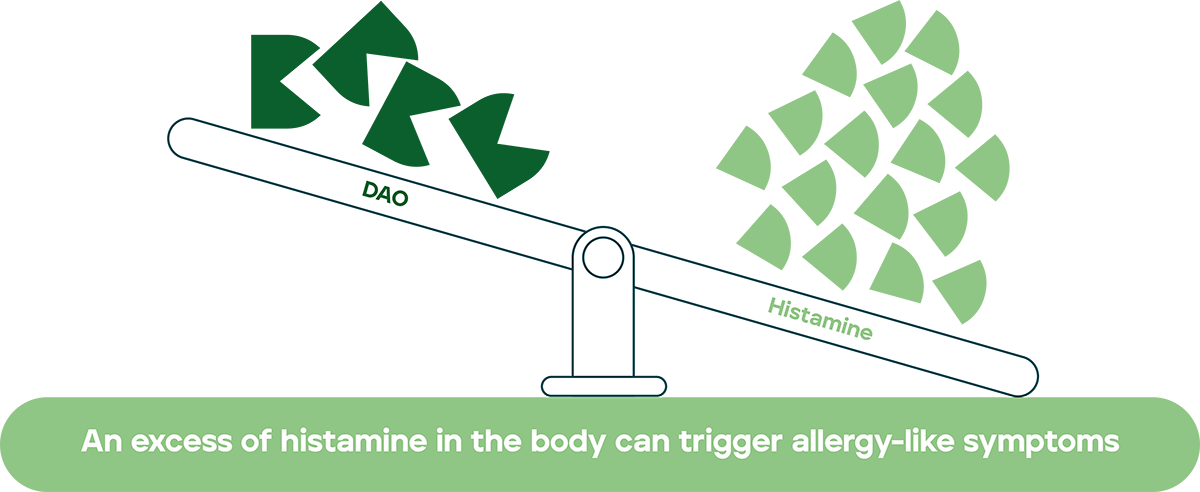
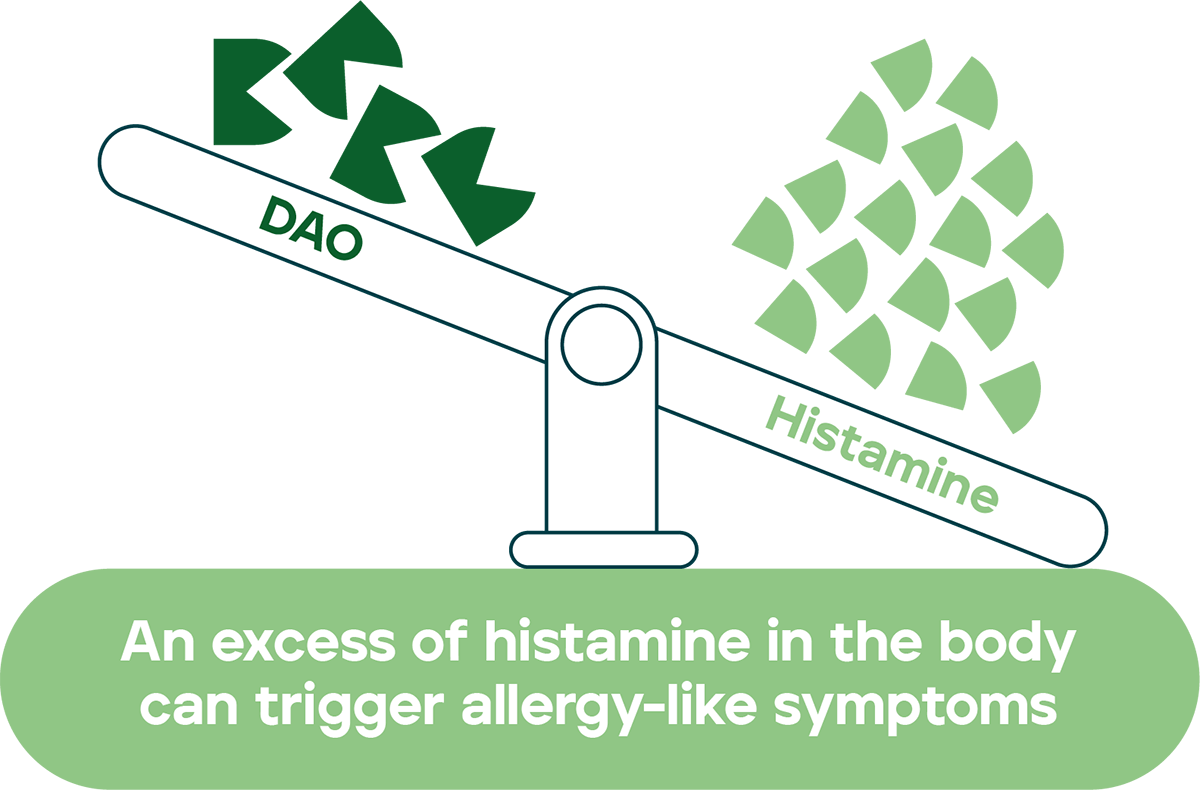
As people, we’re all different – therefore histamine intolerance may cause varying symptoms from one person to the next. In severe cases, it can significantly impact an individual’s quality of life.
Foods and drinks that contain high levels of histamine can worsen histamine intolerance.
These include:
 Alcohol
Alcohol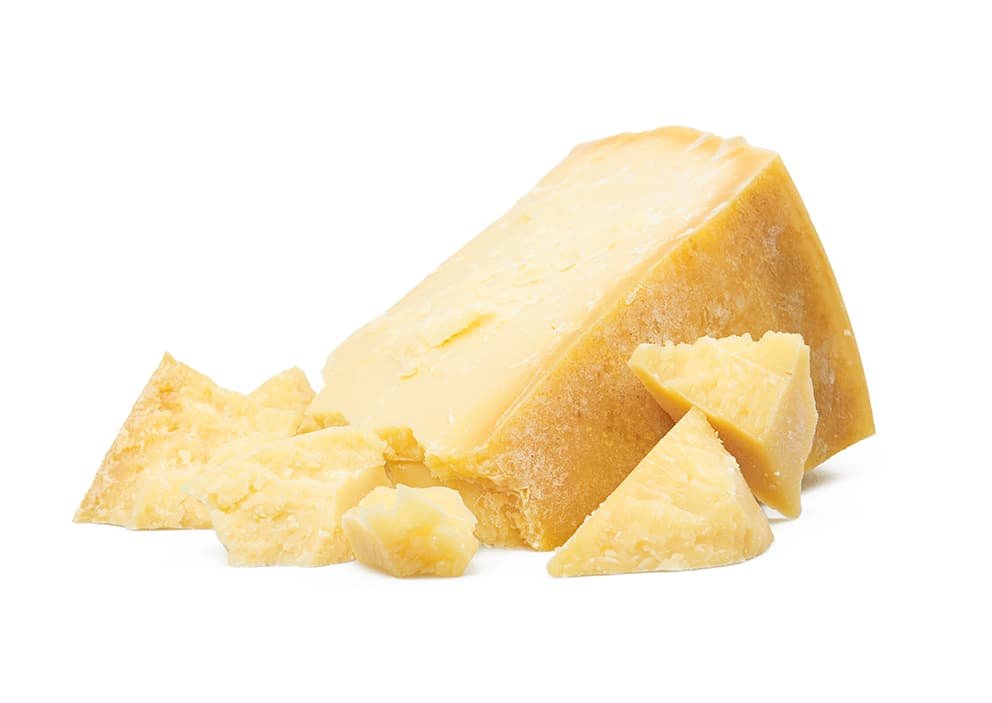 Cheese(all types, especially aged)
Cheese(all types, especially aged)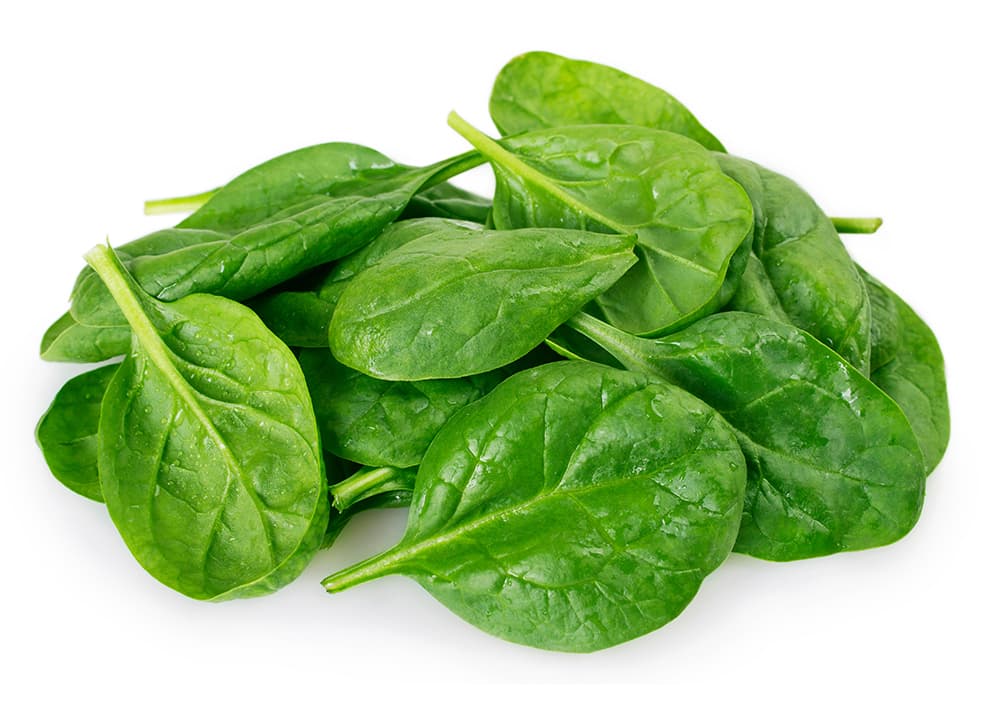 Spinach
Spinach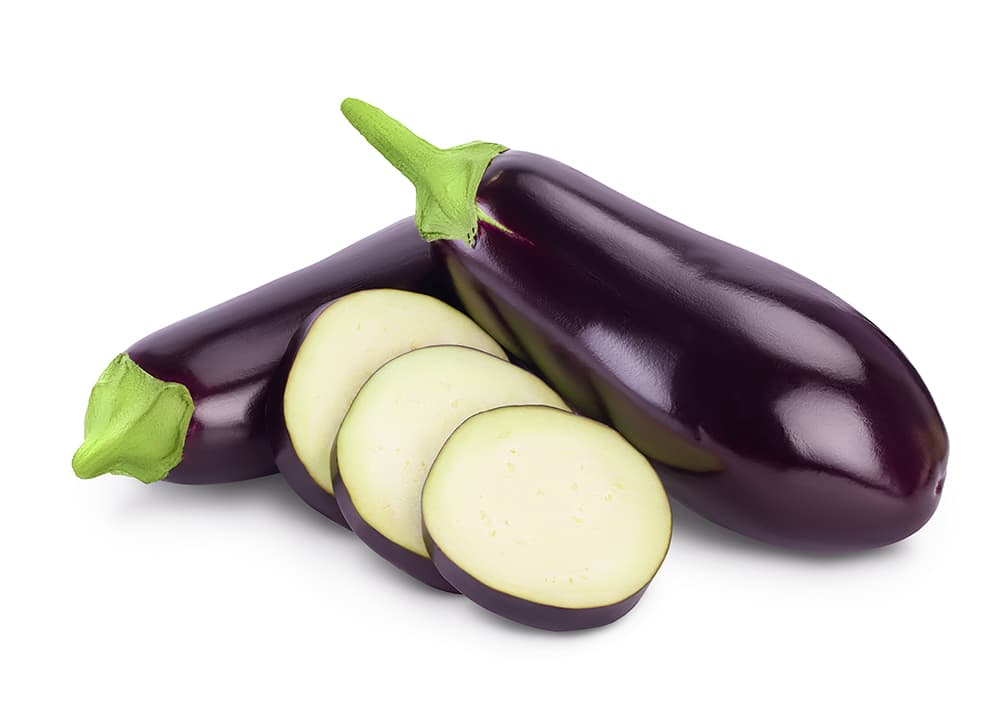 Aubergine
Aubergine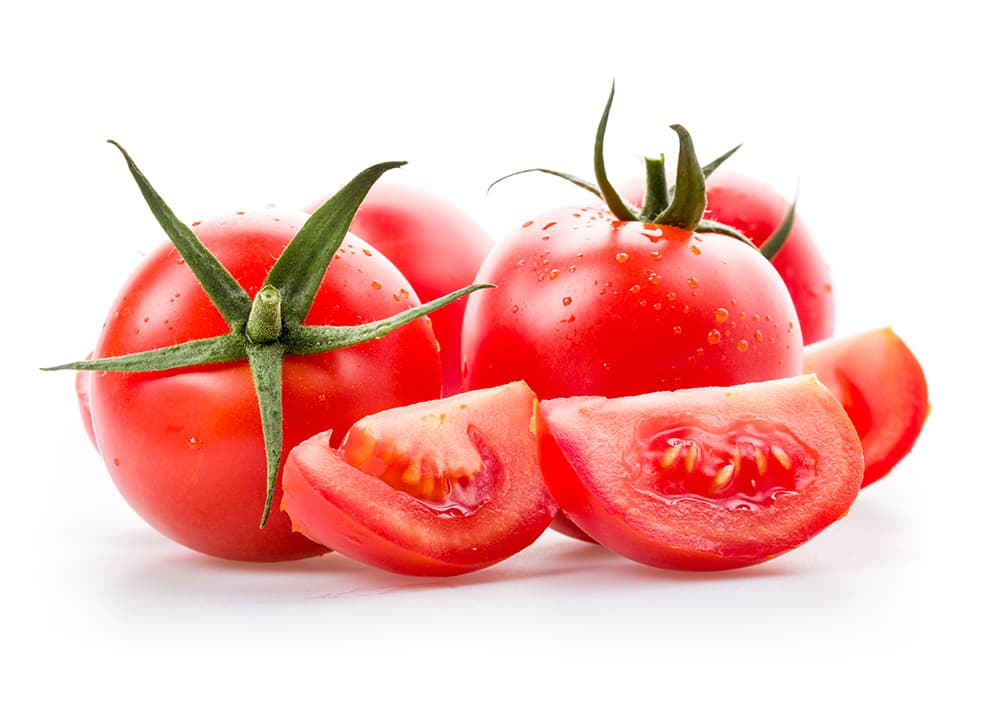 Tomatoes
Tomatoes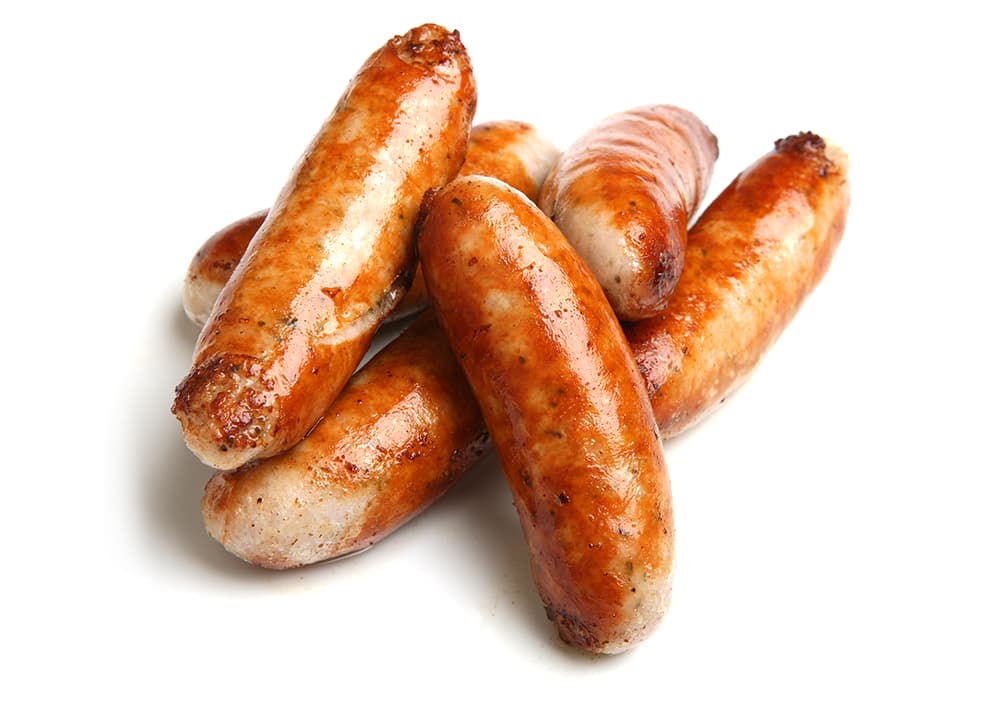 Aged, cured, processed or fermented meats(sausage and bacon)
Aged, cured, processed or fermented meats(sausage and bacon)Histamine liberators help to release histamine from other foods, despite these foods not containing a lot of histamine content.
Such foods include:
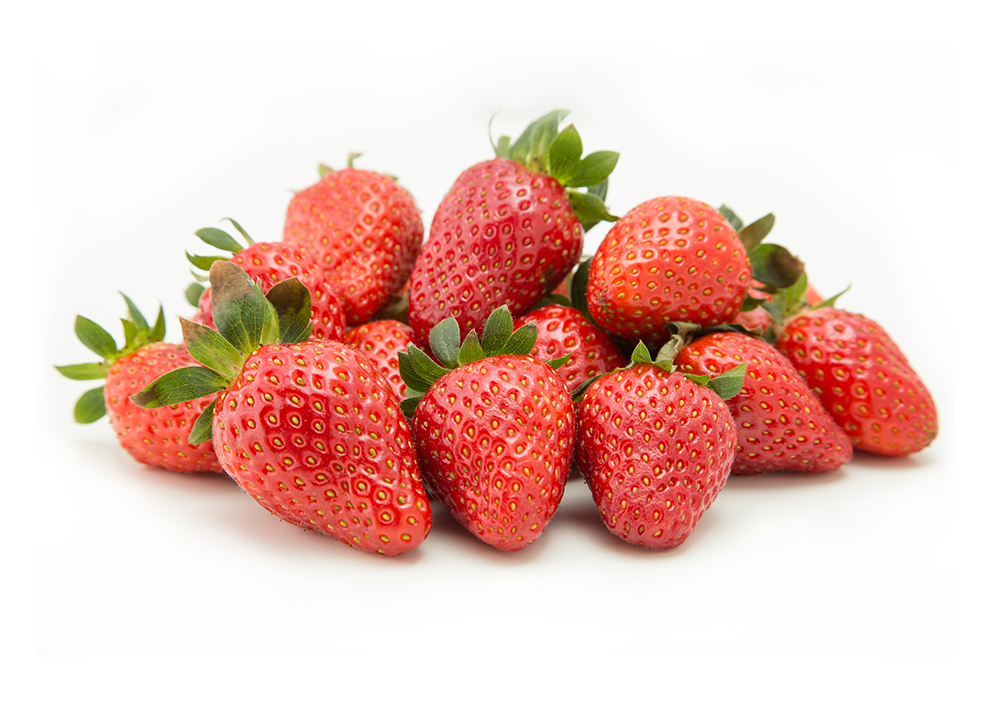 Strawberries
Strawberries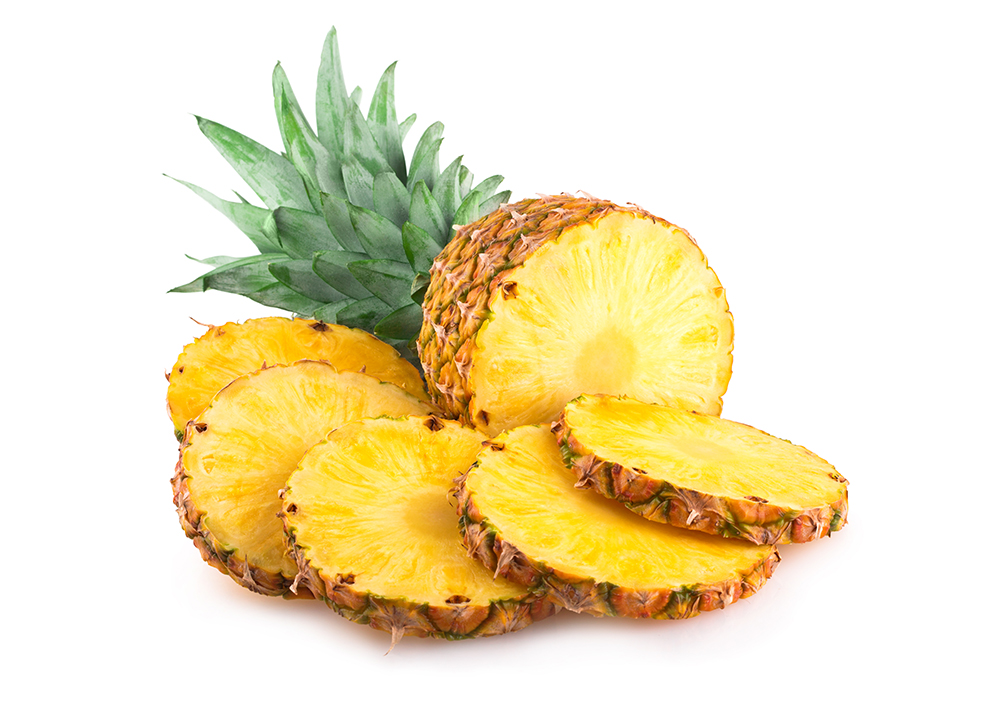 Pineapples
Pineapples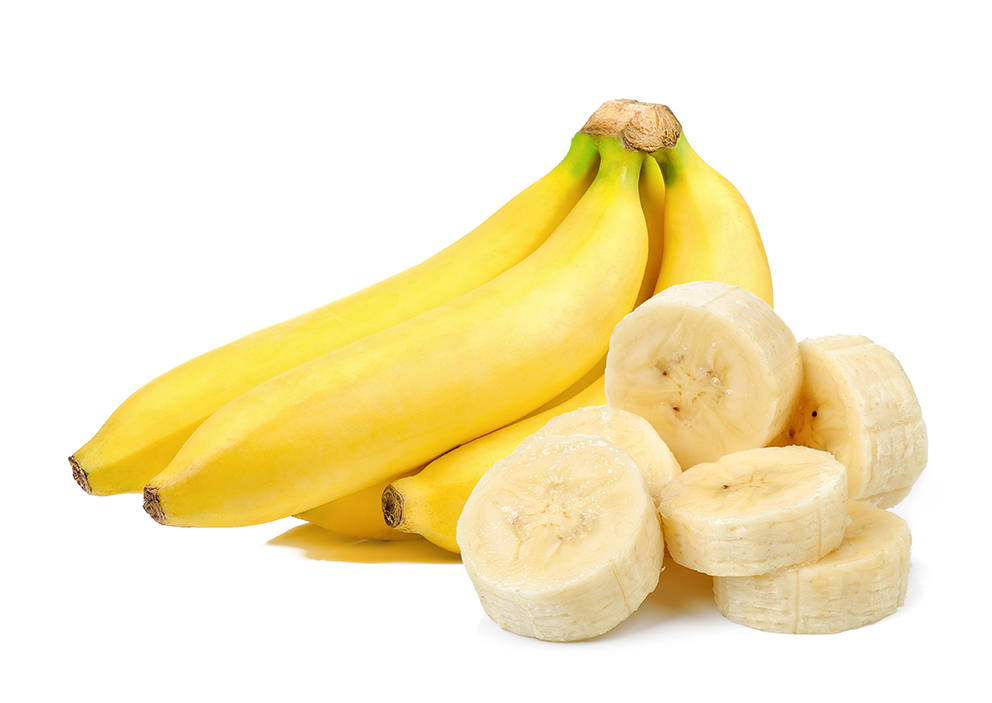 Bananas
Bananas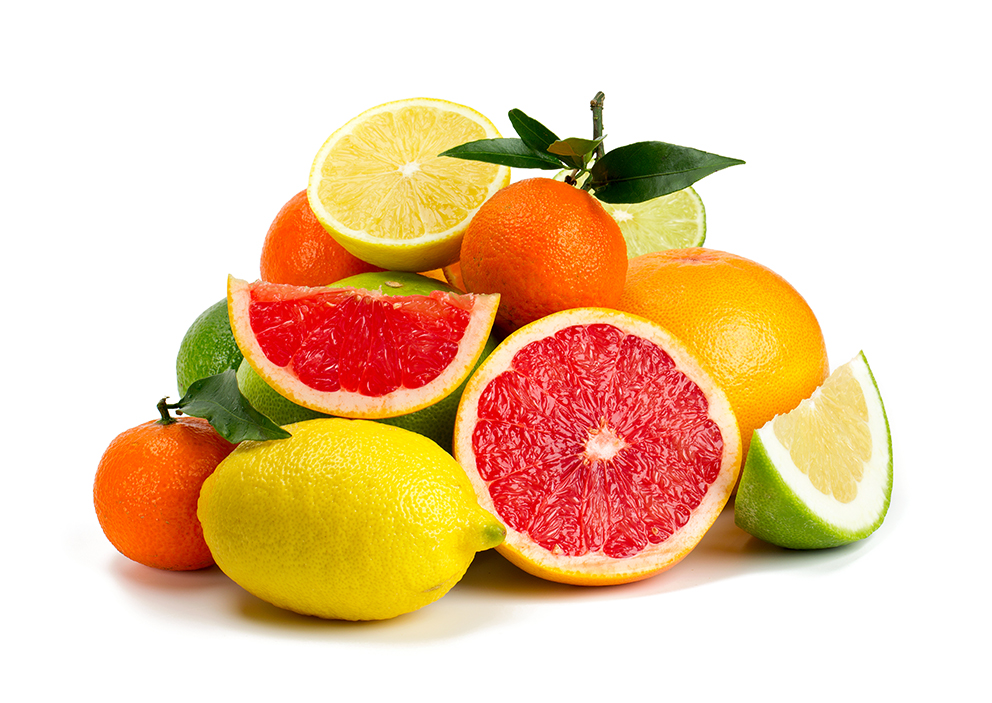 Citrus fruits
Citrus fruits Seafood
Seafood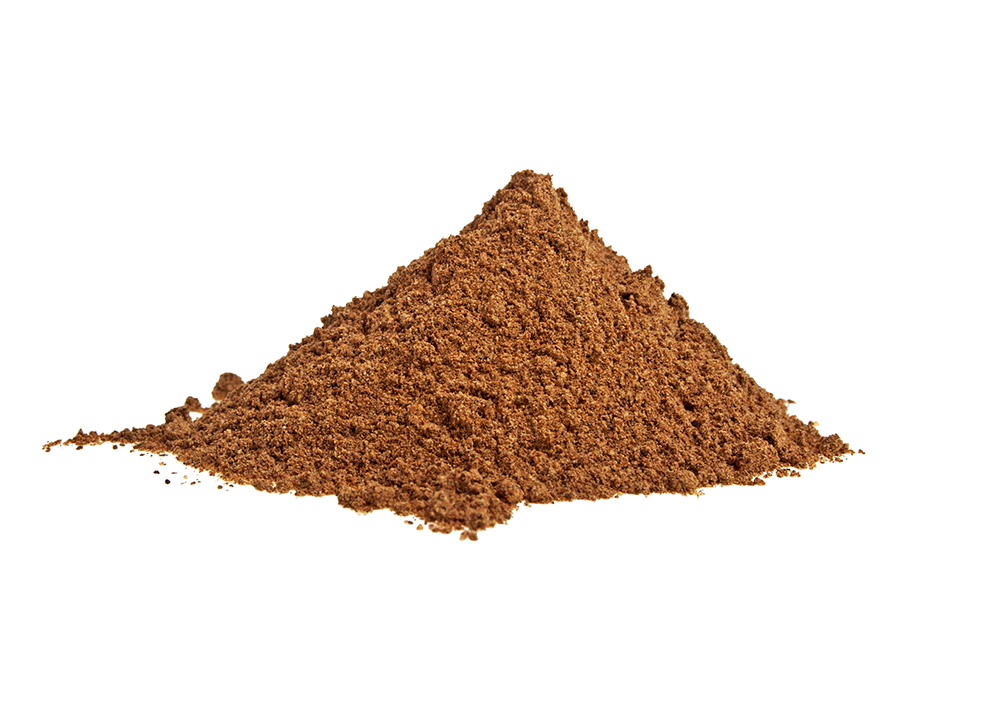 Cocoa
CocoaOther factors can slow down or inhibit DAO enzyme functionality, activity or production, including:
A low-histamine diet and antihistamines can help to manage the symptoms of histamine intolerance. However, some consumers find this too restrictive and difficult to follow long-term.
DAO supplementation can support a metabolic response to histamine in the body.3,4,5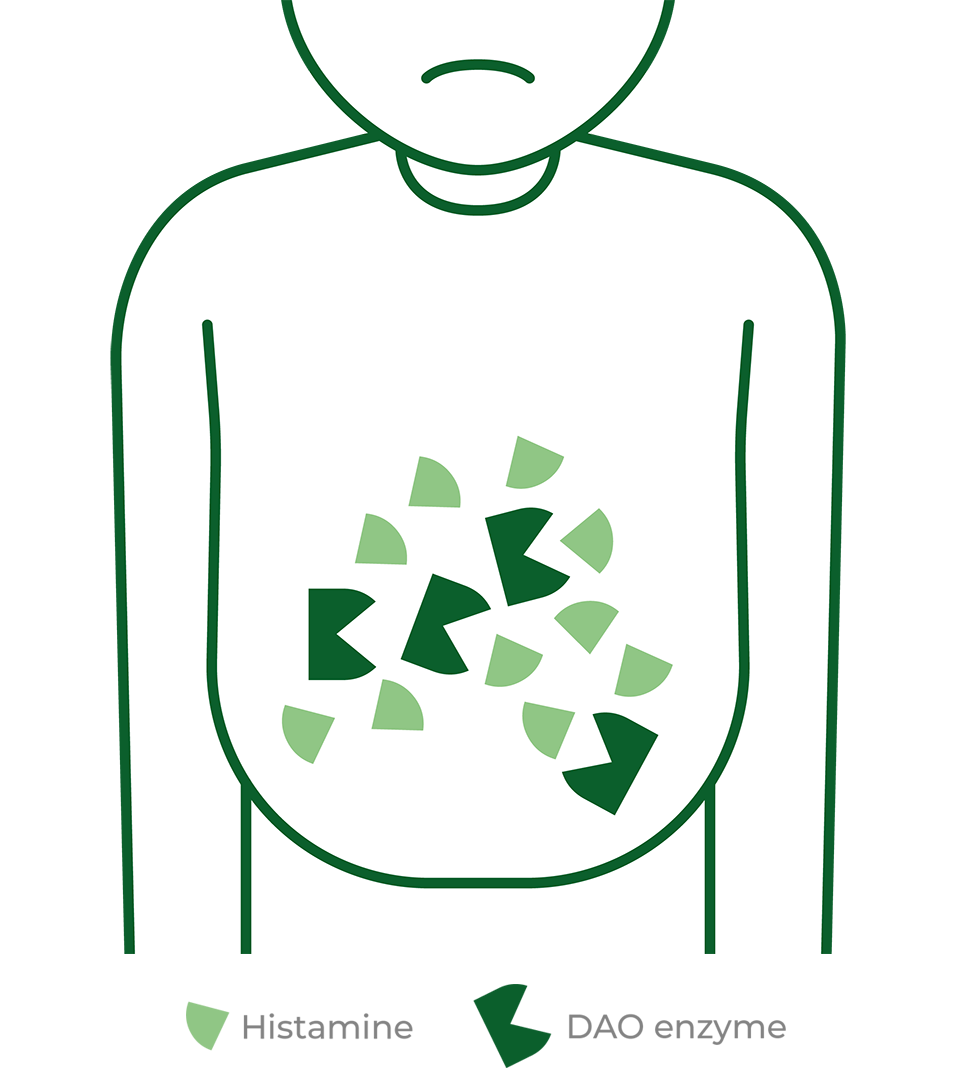
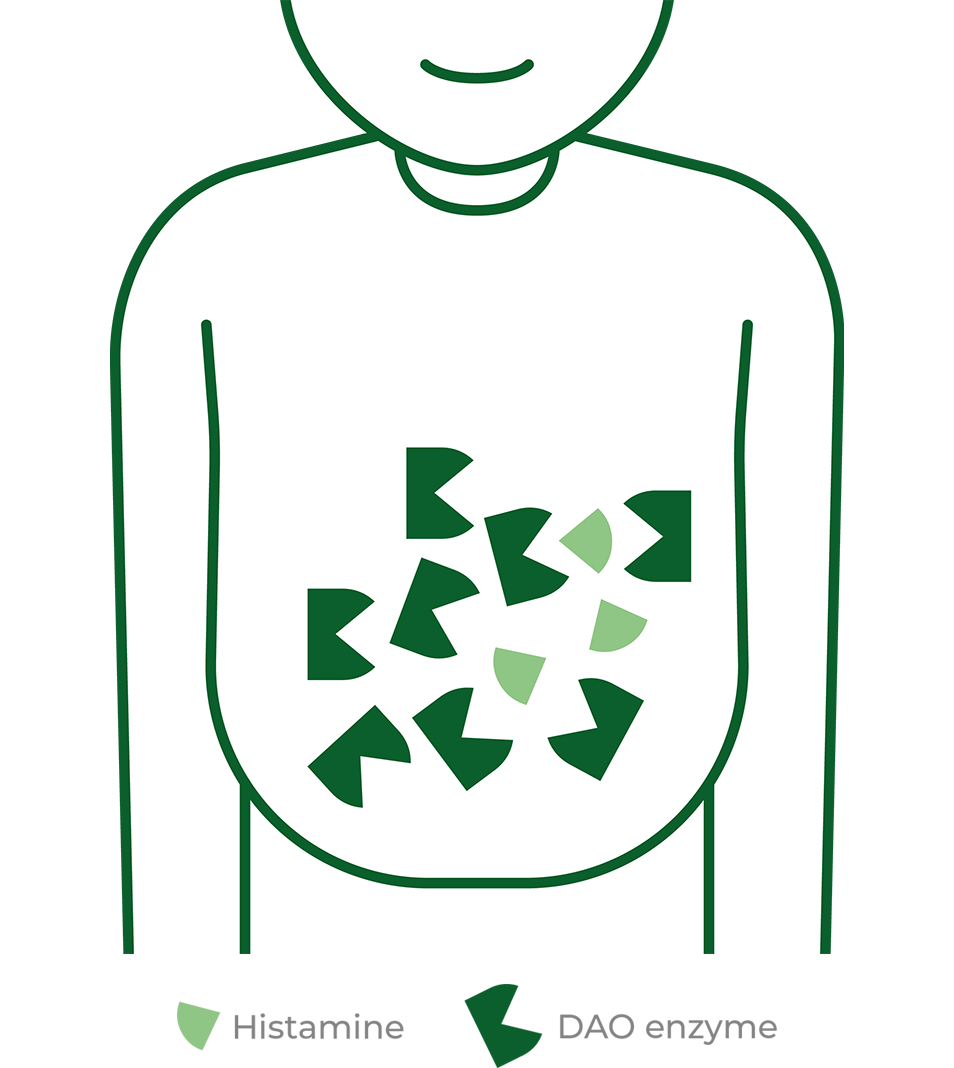

By supporting histamine digestion, DAO supplementation allows individuals to eat (and enjoy) food while reducing associated allergy-like symptoms.
The number of diagnosed histamine intolerance cases is on the rise. And as the global population becomes increasingly aware of the condition, DAO-based solutions are estimated to increase at a CAGR of 10.4% between 2020-2028.6
This presents an exciting opportunity for manufacturers to make their mark on the digestive health market.

DAO-based solutions are estimated to increase at a CAGR of 10.4% between 2020-2028.6
Partner with Bioiberica to power your next innovation with DAOgest – a premium ingredient containing diamine oxidase enzyme to support histamine degradation.
Find out more
- Maintz & Novak. The American Journal of Clinical Nutrition, 2007; 85: 1185-1196.
- Comas-Basté. Biomolecules, 2020;10:1181.
- Ibid, 16-19.
- Comas-Basté. Analytical and Bioanalytical Chemistry 2019; 411:7595-7602.
- Hrubisko et al. Nutrients 2021; 13:2228.
- Grand View Research, Global Digestive Health Supplements, Market Analysis 2022.
These statements have not been evaluated by the Food and Drug Administration or other competent food authorities. The product is not intended to diagnose, treat, cure, or prevent any disease. This information is only for business-to-business use and not meant to be addressed to final consumers. Therefore, BIOIBERICA assumes no liability for the statements that the producer of the final product may include in its own publicity to consumers.
